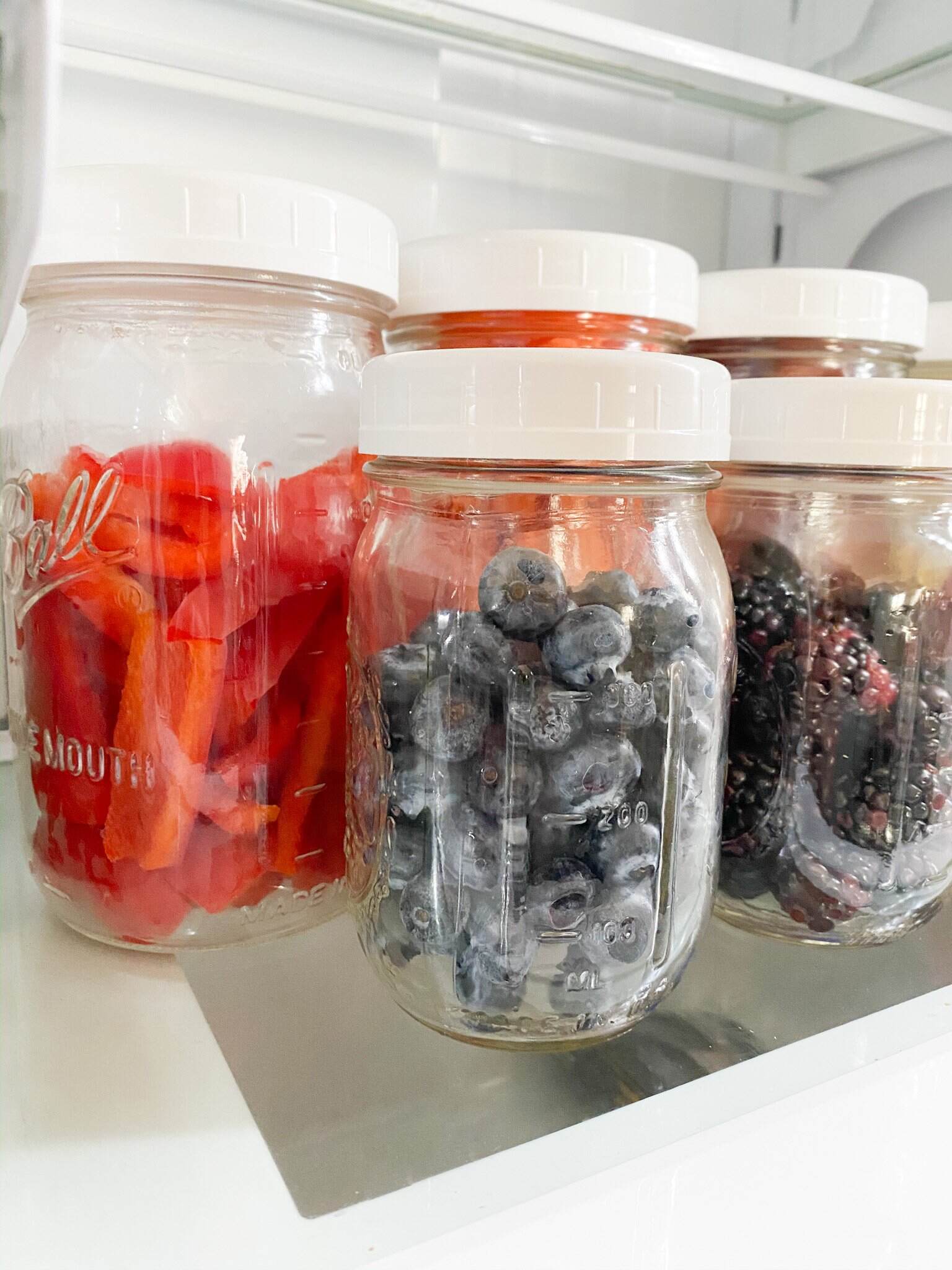

Articles
How To Store Fruit To Last Longer
Modified: January 6, 2024
Learn effective fruit storage techniques in this helpful article! Discover how to keep your fruit fresh and flavorful for longer periods of time.
(Many of the links in this article redirect to a specific reviewed product. Your purchase of these products through affiliate links helps to generate commission for Storables.com, at no extra cost. Learn more)
Introduction
Welcome to our guide on how to store fruit to make it last longer! There’s nothing more frustrating than buying a fresh batch of delicious fruits, only to have them spoil before you can enjoy them. But fear not, with the right techniques and storage methods, you can extend the shelf life of your favorite fruits and savor their natural flavors for longer.
Properly storing your fruits not only helps you save money by reducing waste, but it also allows you to enjoy the health benefits and delightful taste of fresh produce. Whether you’re a fruit lover or just trying to incorporate more nutritious options into your diet, this article will provide you with valuable tips and tricks to maximize the lifespan of various fruits.
From choosing the right fruits to implementing proper sorting, washing, handling, and storing techniques, we’ll cover it all. Additionally, we’ll explore the benefits of refrigeration, freezing, and using preservatives to keep your fruits fresh and delicious for an extended period. By following these guidelines, you can ensure that your fruits remain in top condition, ready to be enjoyed whenever you desire.
So, if you’re ready to say goodbye to soggy and spoiled fruits, let’s dive into the wonderful world of fruit storage together and discover how you can take full advantage of nature’s bounty!
Key Takeaways:
- Choose ripe, high-quality fruits and handle with care to extend their shelf life. Proper sorting, washing, and storage techniques can help preserve the natural flavors and nutritional benefits of fresh produce.
- Utilize refrigeration, freezing, and preservatives to maximize the lifespan of fruits. By following specific storage recommendations and handling tips, you can enjoy vibrant, delicious fruits for an extended period while reducing waste.
Read more: How To Store Batteries To Last Longer
Choosing the Right Fruits
When it comes to storing fruits, selecting the right ones from the start is crucial. Choosing ripe and high-quality fruits will significantly impact their shelf life. Here are some tips for selecting the best fruits:
1. Opt for seasonal fruits: Seasonal fruits are usually fresher and more flavorful. They are also more likely to have been recently harvested, ensuring a longer storage life.
2. Check for ripeness: Look for fruits that are neither underripe nor overly ripe. Underripe fruits will take longer to ripen and may spoil before they reach their peak. Overripe fruits, on the other hand, are more prone to decay. Look for fruits that are firm but yield to gentle pressure.
3. Examine the condition: Inspect the fruit for any visible bruises, blemishes, or signs of mold or pests. Damaged fruits are more susceptible to spoiling and can also affect neighboring fruits.
4. Smell the fruit: Some fruits emit a pleasant aroma when ripe, signaling their readiness to be consumed. A sweet fragrance often indicates optimal ripeness.
5. Consider the variety: Certain varieties of fruits have a longer shelf life than others. For example, apples, citrus fruits, and pears tend to have a longer storage potential compared to softer fruits like berries and stone fruits.
By choosing ripe and high-quality fruits, you are setting yourself up for success in prolonging their freshness. Remember that not all fruits have the same storage requirements, so it’s essential to treat each fruit individually to ensure its longevity. Now that we’ve covered the art of fruit selection let’s move on to sorting and inspecting them for storage.
Sorting and Inspecting
After bringing your chosen fruits home, the next step is to sort and inspect them for any imperfections or signs of decay. By doing so, you can prevent the spread of spoilage and ensure that only the healthiest fruits make it into your storage. Here are some guidelines for sorting and inspecting:
1. Separate ripe and unripe fruits: Ripe fruits release ethylene gas, which can accelerate the ripening process of other fruits. To prevent premature spoilage, separate ripe fruits from unripe ones and store them separately.
2. Remove any damaged or spoiled fruits: Discard any fruits that show signs of mold, rot, or other visible damage. One rotten fruit can quickly contaminate the others, so it’s crucial to remove them promptly.
3. Check for bruising: Bruised fruits are prone to decay, so inspect for any bruises and use those fruits first. If a fruit has a small bruise, you can cut away the affected area and use the rest, but larger bruises should be discarded.
4. Inspect for pests: Look for any signs of insect infestation, such as holes or tunnels in the fruit. If you spot any pests, discard the affected fruits to prevent the spread of infestation.
5. Keep fruits with similar storage requirements together: Different fruits have different storage needs. Some require cool and dry conditions, while others do well with a bit of humidity. By storing fruits with similar requirements together, you can create an environment that promotes their freshness and extends their shelf life.
Sorting and inspecting your fruits before storage helps you ensure that only the best-quality fruits are kept, reducing the risk of spoilage and prolonging their freshness. Once you have completed this step, it’s time to move on to washing and drying them thoroughly.
Washing and Drying
Before storing your fruits, it’s essential to give them a thorough wash to remove any dirt, bacteria, or pesticide residue that may be present on the surface. Here are some steps to follow when washing and drying your fruits:
1. Start with clean hands and utensils: Ensure that your hands and any equipment you use, such as knives or cutting boards, are clean before handling the fruits. This helps prevent cross-contamination.
2. Rinse under cool running water: Place the fruits under cool running water and gently rub them with your fingers to remove any dirt or debris. Avoid using soap or detergents as they can leave residue on the fruit.
3. Use a produce brush for firmer fruits: For fruits with tough or waxy skin, such as apples or cucumbers, a produce brush can help remove dirt and wax. Gently scrub the skin while rinsing under water.
4. Dry the fruits thoroughly: After washing, pat the fruits dry with a clean towel or use a salad spinner to remove excess moisture. Drying the fruits helps prevent the growth of mold and extends their shelf life.
It’s important to note that some fruits, such as berries, are more delicate and should be washed just before consumption to avoid premature spoilage. For these fruits, it’s best to store them unwashed and rinse them before eating them. However, fruits with thicker skins, like citrus fruits or apples, can be washed and dried before storage.
By properly washing and drying your fruits, you eliminate any potential contaminants and create a clean and safe environment for storage. Now that your fruits are clean and dry, it’s time to move on to handling and storing them correctly.
Handling and Storing
Proper handling and storing techniques play a vital role in extending the shelf life of your fruits. By following these guidelines, you can ensure that your fruits remain in optimal condition for as long as possible:
1. Handle fruits with care: Fruits can bruise easily, leading to faster spoilage. When handling them, be gentle to avoid bruising and damaging the skin. It’s best to handle fruits one at a time and place them in a single layer to prevent unnecessary pressure.
2. Store in the right container: Choosing the appropriate storage container is crucial. Opt for breathable containers that allow for proper air circulation, such as mesh bags or perforated plastic bags. Avoid sealing fruits in airtight or non-breathable containers, as it can lead to excess moisture build-up and hasten spoilage.
3. Avoid overcrowding: Ensure that the fruits have enough space in the storage container for air to circulate. Overcrowding can lead to increased humidity and faster spoilage. If you have a large quantity of fruits, consider using multiple containers or arranging them in a single layer.
4. Store at the right temperature: Most fruits do well at room temperature, away from direct sunlight and heat sources. However, fruits like berries and grapes are more perishable and may benefit from refrigeration. Refer to the specific fruit’s storage recommendations for the ideal temperature range.
5. Check and rotate regularly: Regularly inspect your stored fruits for any signs of spoilage. Remove any damaged or overripe fruits promptly to prevent the spread of decay. Additionally, consider rotating the fruits, using the “first in, first out” method, to ensure that older fruits are used before fresher ones.
By handling your fruits gently and storing them in the appropriate containers and conditions, you can significantly prolong their freshness and enjoy them for longer. Next, we’ll explore specific tips for refrigeration and freezing to further extend the shelf life of your fruits.
Store fruits in the refrigerator to extend their shelf life. Keep them in the crisper drawer or in a perforated plastic bag to maintain humidity and prevent them from spoiling too quickly.
Read more: How To Store Spinach To Last Longer
Refrigeration Tips
Refrigeration can be a great method for extending the shelf life of many fruits. However, not all fruits benefit from refrigeration, as some can lose their flavor and texture. Here are some refrigeration tips to help you keep your fruits fresh:
1. Know which fruits to refrigerate: Some fruits, like apples, grapes, citrus fruits, and berries, can be refrigerated to maintain their freshness. On the other hand, tropical fruits like bananas, pineapples, and mangoes are best kept at room temperature, as refrigeration can cause their texture and flavor to deteriorate.
2. Store fruits in the crisper drawer: Place your refrigeratable fruits in the crisper drawer, which provides a controlled environment with higher humidity. This helps to prevent the fruits from drying out while maintaining their freshness.
3. Keep fruits separate: Fruits release ethylene gas, which can speed up the ripening and spoilage of other fruits. To prevent this, store fruits separately or wrap them individually in perforated plastic bags or paper towels to absorb excess moisture.
4. Avoid washing before refrigeration: Unless you plan to consume the fruits immediately, it’s best to avoid washing them before refrigerating. Washing can cause moisture to cling to the fruits, promoting faster spoilage.
5. Use airtight containers for sliced fruits: If you’ve sliced or cut the fruits, store them in airtight containers to prevent browning and maintain their crispness. Consider adding a sprinkle of lemon juice to inhibit browning.
Remember to consume refrigerated fruits within a reasonable time frame, as they will still have an expiry date. By understanding which fruits benefit from refrigeration and following these tips, you can extend their shelf life and enjoy them at their optimal freshness.
Next, let’s explore the technique of freezing fruits and how it can help you preserve them for even longer periods.
Freezing Techniques
Freezing is a fantastic technique for preserving fruits beyond their typical shelf life. When done correctly, freezing can retain the flavor, texture, and nutritional value of the fruits. Here are some freezing techniques to help you make the most out of your fruits:
1. Choose ripe and high-quality fruits: Select fully ripe and high-quality fruits for freezing. Ripe fruits have the best flavor and texture, and freezing will not improve the quality of underripe or low-quality fruits.
2. Wash and prepare the fruits: Wash the fruits thoroughly to remove any dirt or residue. Peel, slice, or chop the fruits according to your preference and the intended use. Some fruits may require blanching before freezing to preserve their color and texture.
3. Use suitable containers: Use airtight, freezer-safe containers or resealable plastic bags for freezing. Be sure to remove any excess air from the bags to prevent freezer burn. Label each container with the fruit type and the date of freezing for easy identification later on.
4. Pack the fruits appropriately: Arrange the fruits in a single layer or package them in portions that you’ll likely use at once. This makes it easier to thaw only the desired amount without having to thaw the entire batch of fruits.
5. Flash freeze delicate fruits: Delicate fruits, like berries or sliced bananas, can be flash frozen before packing them in containers. Place the fruits on a baking sheet lined with parchment paper and freeze them for a couple of hours. Once frozen, transfer them to containers or bags for long-term storage.
6. Freeze fruits individually: If you’re freezing fruits that tend to clump together, like berries or sliced peaches, it’s advisable to freeze them individually on a baking sheet first. After they are frozen, transfer them to a container, and they won’t stick together, making it easier to use only the desired amount.
7. Label and date the containers: Properly label each container or bag with the type of fruit and the date of freezing. This helps you keep track of the fruits and ensures that you use them within an appropriate timeframe.
Remember to thaw frozen fruits in the refrigerator overnight or using the defrost setting on your microwave before consumption or use in recipes.
With these freezing techniques, you can preserve the flavors and nutritional value of your favorite fruits for an extended period, allowing you to enjoy them even when they’re out of season.
In addition to refrigeration and freezing, there are various preservatives and methods you can use to maximize the shelf life of your fruits, which we’ll explore next.
Using Preservatives
If you’re looking to further extend the shelf life of your fruits, using preservatives can be a helpful method. Here are some preservatives and techniques you can utilize to keep your fruits fresh and flavorful for longer:
1. Citric acid: Citric acid is a natural preservative commonly found in citrus fruits. It helps inhibit the growth of bacteria and prevents browning. You can sprinkle or soak your sliced fruits in a solution of water and citric acid powder before storing them. Follow the instructions on the packaging for the appropriate dilution ratio.
2. Ascorbic acid (vitamin C): Ascorbic acid is another effective preservative that helps prevent browning and maintains the color and freshness of fruits. You can find crystalline or powder forms of ascorbic acid in stores. Dissolve the ascorbic acid in water according to the package instructions and use it to soak or spray your fruits before storage.
3. Sugar syrup: Preparing a sugar syrup by dissolving sugar in water can help preserve fruits for an extended period. The syrup acts as both a preservative and a sweetener. Heat the sugar and water mixture until the sugar dissolves completely, allow it to cool, and then submerge the fruits in the syrup. Store the fruits in airtight containers with the syrup.
4. Fruit preserves or jams: Making your own fruit preserves or jams is a wonderful way to use up excess fruit and extend their shelf life. The high sugar content helps preserve the fruits and allows you to enjoy their flavors even when they’re out of season. Follow a reliable recipe for making fruit preserves or jams and store them in sterilized jars.
5. Dehydration: Dehydrating fruits removes most of the moisture, inhibiting the growth of bacteria and mold. You can dehydrate fruits using a dehydrator or by baking them at a low temperature in the oven. Once dehydrated, store the fruits in airtight containers in a cool, dark place. Rehydrating the fruits with water or using them in recipes is a great way to enjoy them later.
It’s important to note that while preservatives can help extend the shelf life of fruits, they may alter the taste, texture, or nutritional content to some extent. Use preservatives sparingly and be mindful of their potential effects.
By utilizing these preservatives and techniques, you can preserve the freshness, flavor, and appearance of your fruits for an extended period, reducing waste and allowing you to enjoy them throughout the year.
Now that you’re equipped with various preservation methods, let’s explore some additional tips for extending the shelf life of fruits.
Tips for Extending Shelf Life
Here are some additional tips and tricks to help you maximize the shelf life of your fruits:
1. Handle with care: Avoid dropping or roughly handling your fruits as this can lead to bruising and hasten spoilage. Treat them gently to prevent unnecessary damage.
2. Store away from ethylene producers: Ethylene is a gas produced by certain fruits that accelerates the ripening process in other fruits. Keep ethylene-producing fruits such as apples, bananas, and tomatoes separate from ethylene-sensitive fruits to prevent premature spoilage.
3. Use breathable covers: When storing fruits on the countertop, use breathable covers like mesh or paper bags to protect them from insects while allowing air circulation. This helps maintain their freshness and prevents the buildup of humidity.
4. Avoid washing until ready to consume: To prevent moisture buildup, avoid washing your fruits until you’re ready to eat or use them. Washing ahead of time can cause them to spoil more quickly.
5. Rotate stored fruits: If you have a surplus of fruits, rotate them regularly to ensure that older ones are used first. This helps to minimize waste and maintain the freshness of your fruits.
6. Check for spoilage regularly: Regularly inspect your stored fruits for any signs of spoilage, such as mold or soft spots. Promptly remove any spoiled fruits to prevent further decay.
7. Preserve the stems: For fruits with stems like berries or grapes, leaving the stems intact can help extend their shelf life. The stems help to slow down the ripening process and maintain freshness.
8. Store in optimal conditions: Be mindful of the ideal storage conditions for each fruit. Some fruits prefer cooler temperatures in the refrigerator, while others fare better at room temperature. Keeping fruits in their ideal environments helps to extend their shelf life.
By following these tips, you can extend the shelf life of your fruits, reduce waste, and enjoy their deliciousness for a longer period. Whether you’re storing them in the refrigerator, freezer, or on the countertop, these simple practices can make a significant difference.
Now that you’re well-equipped with ways to extend the shelf life of your fruits, let’s wrap up this guide.
Read more: How To Store Peaches To Last Longer
Conclusion
Congratulations! You’ve now become well-versed in the art of storing fruits to make them last longer. By implementing the strategies and techniques outlined in this guide, you can significantly extend the shelf life of your favorite fruits and minimize wastage. Not only will this save you money, but it will also allow you to enjoy the nutritional benefits and delicious flavors of fresh produce for an extended period.
Remember the key steps: choose ripe and high-quality fruits, sort and inspect them carefully, wash and dry them properly, handle and store them with care, and utilize appropriate storage methods such as refrigeration or freezing when necessary. Additionally, you can explore the use of preservatives like citric acid or sugar syrup to further preserve your fruits.
Stay mindful of the unique storage requirements of different fruits, and adapt your approach accordingly. Keep an eye out for any signs of spoilage or decay, and promptly remove any affected fruits to prevent contamination.
By incorporating these tips into your routine, you’ll not only have longer-lasting fruits but also the joy of enjoying their vibrant colors, delightful textures, and amazing flavors whenever you desire. Whether you’re using them in recipes, snacking on them, or creating refreshing beverages, properly stored fruits will enhance your culinary experiences and support your overall well-being.
So, bid farewell to fruit spoilage and waste. Take the knowledge from this guide and approach fruit storage with confidence. Say hello to a kitchen filled with vibrant, fresh fruits that will nourish and delight you for an extended period. Here’s to enjoying nature’s bounty and embracing a sustainable and flavorful lifestyle!
Frequently Asked Questions about How To Store Fruit To Last Longer
Was this page helpful?
At Storables.com, we guarantee accurate and reliable information. Our content, validated by Expert Board Contributors, is crafted following stringent Editorial Policies. We're committed to providing you with well-researched, expert-backed insights for all your informational needs.
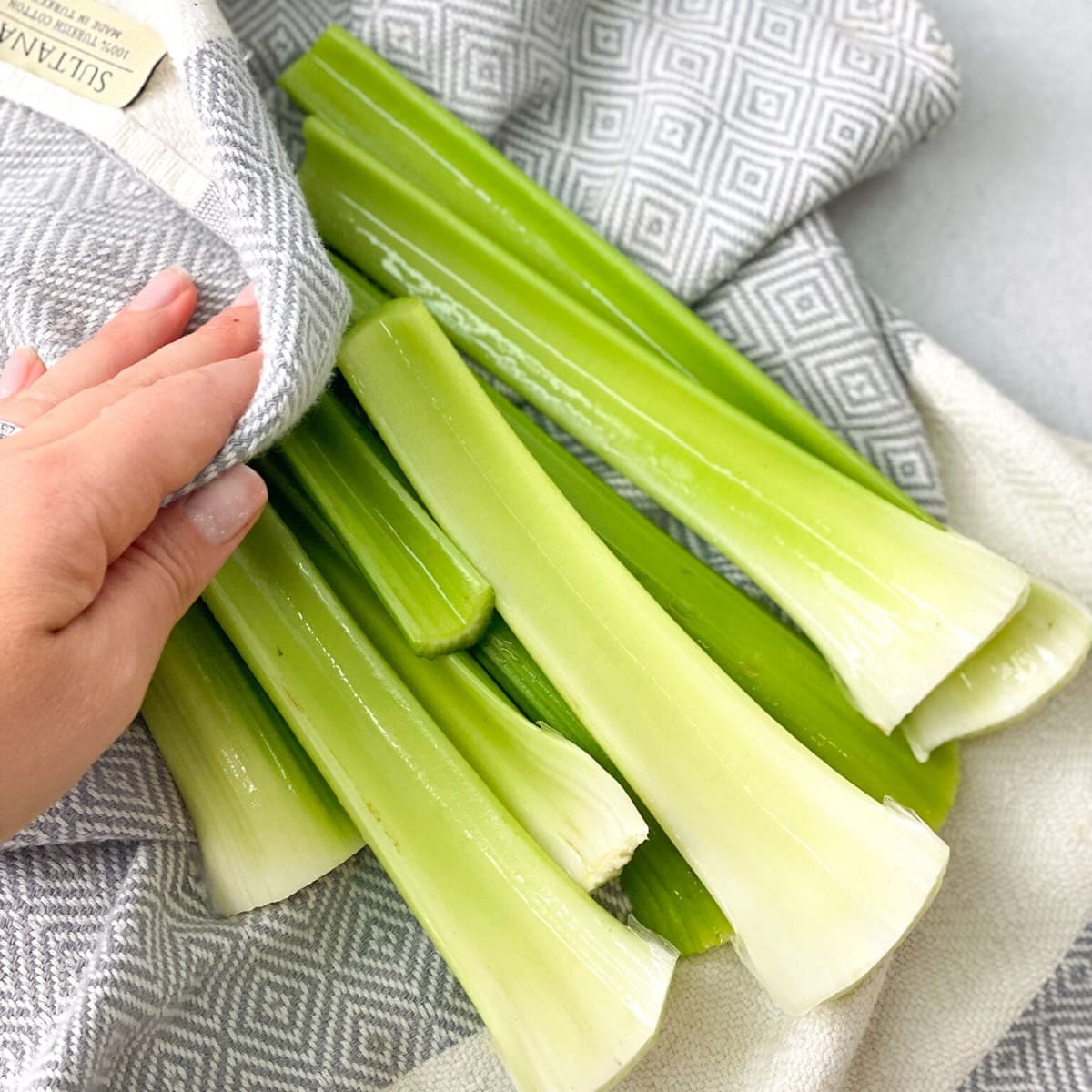
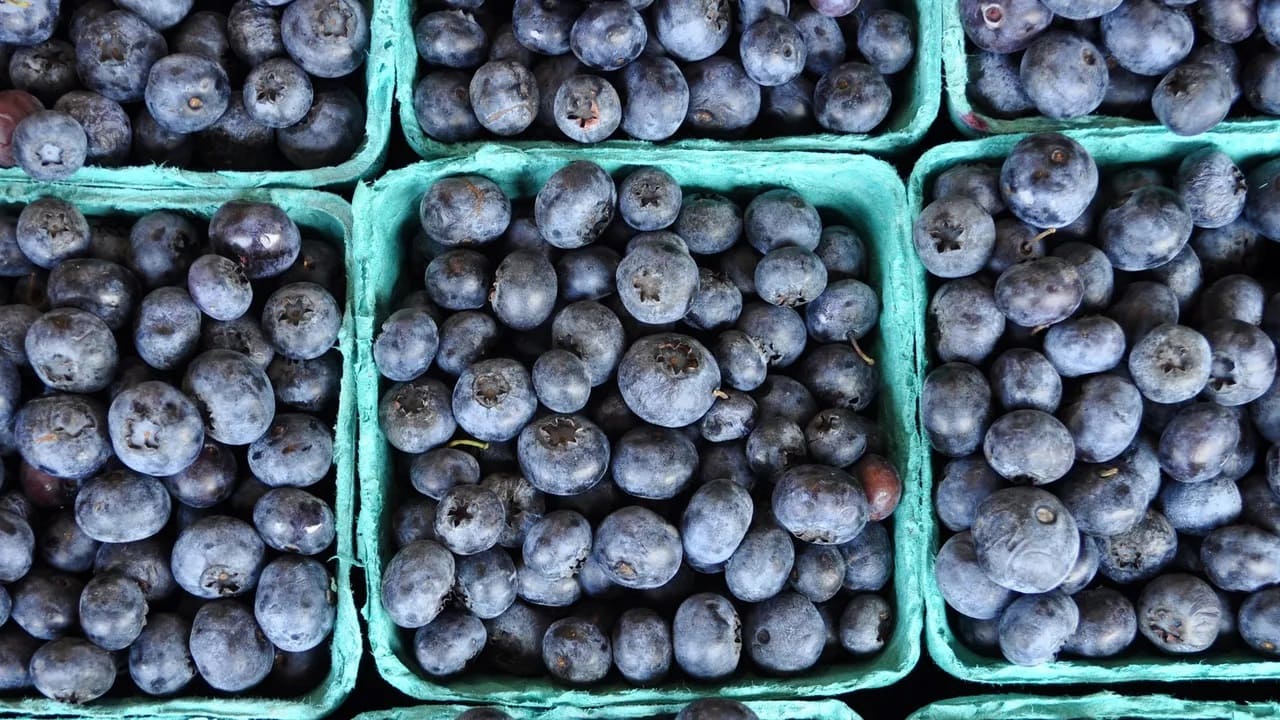
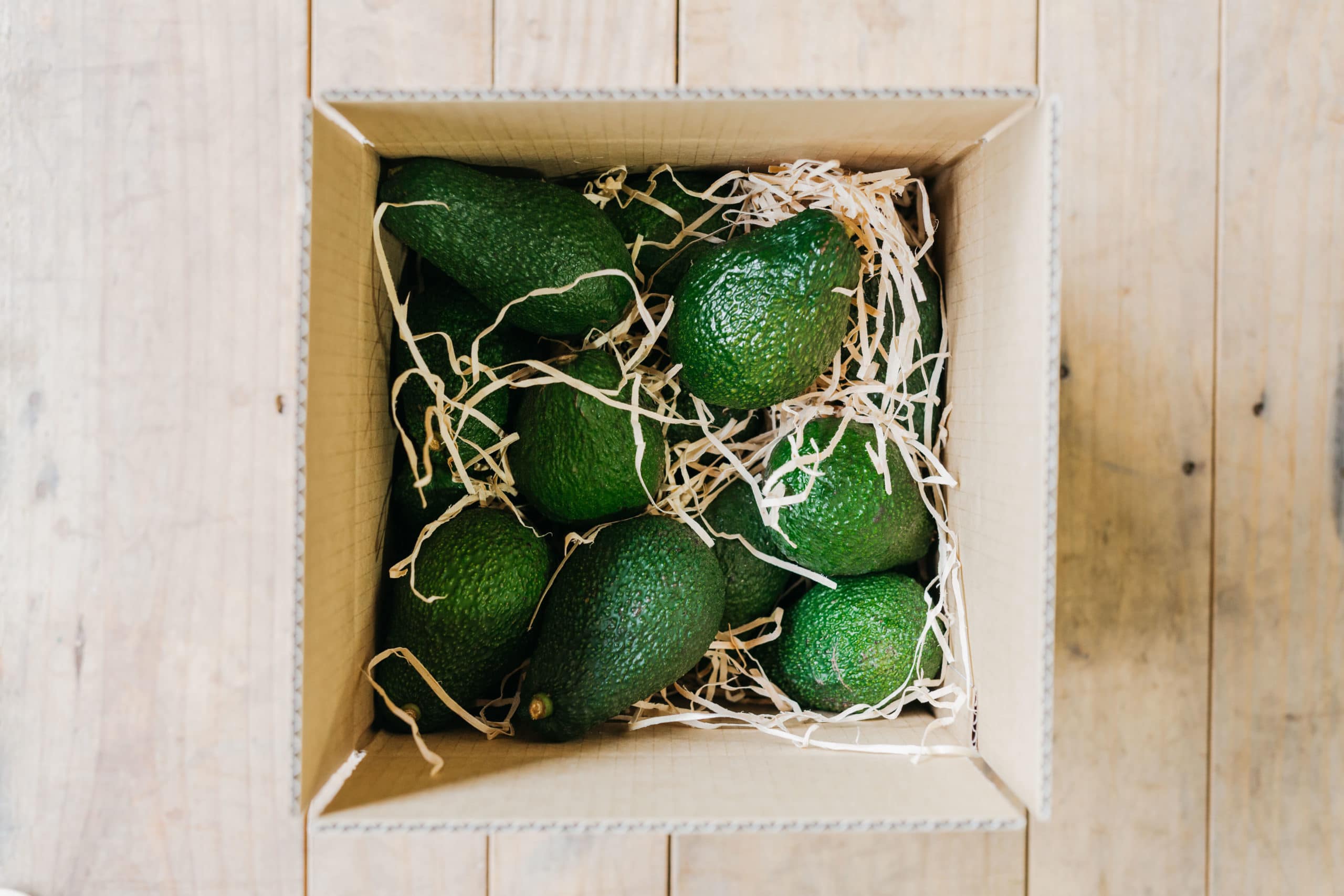
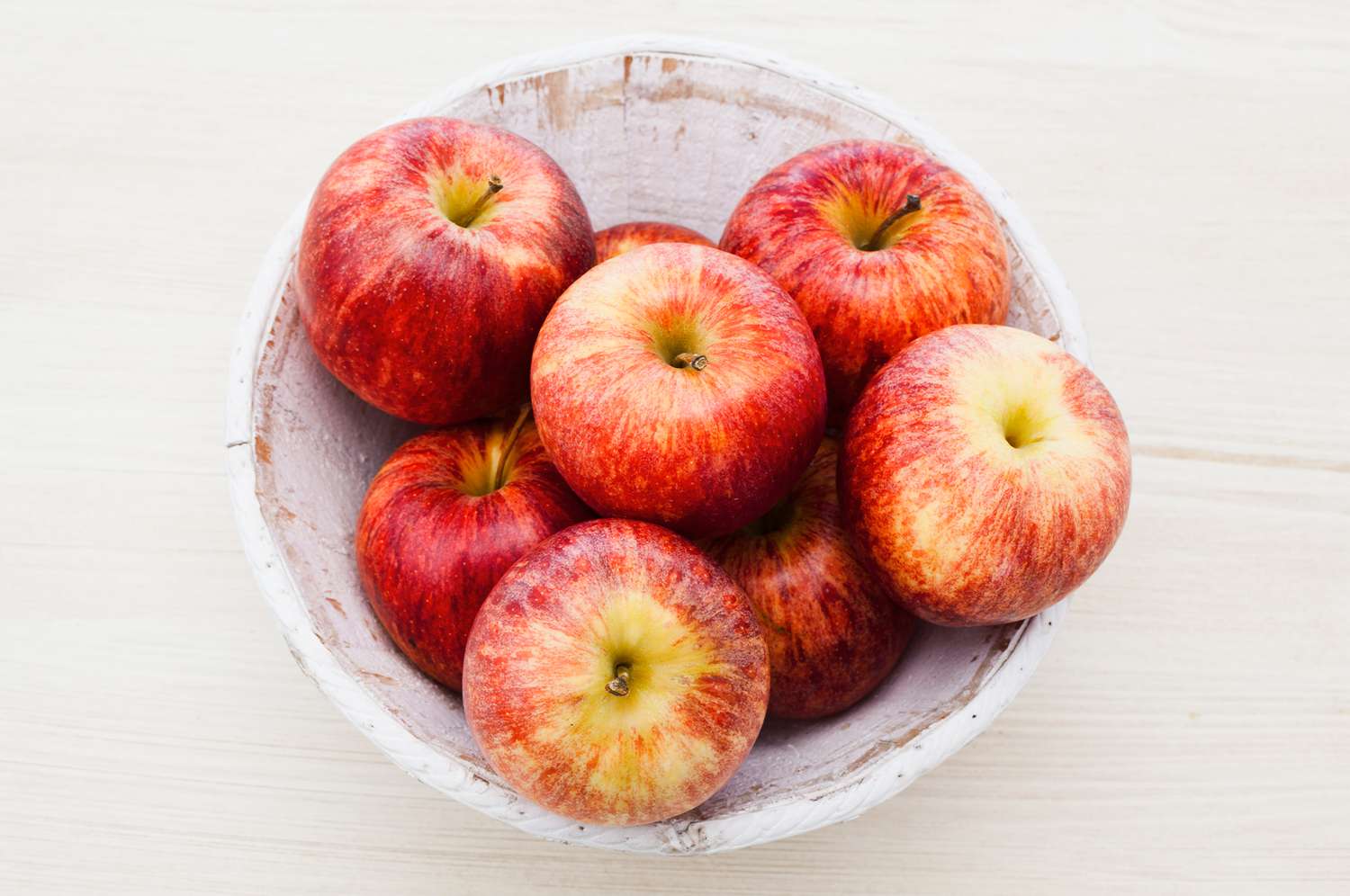
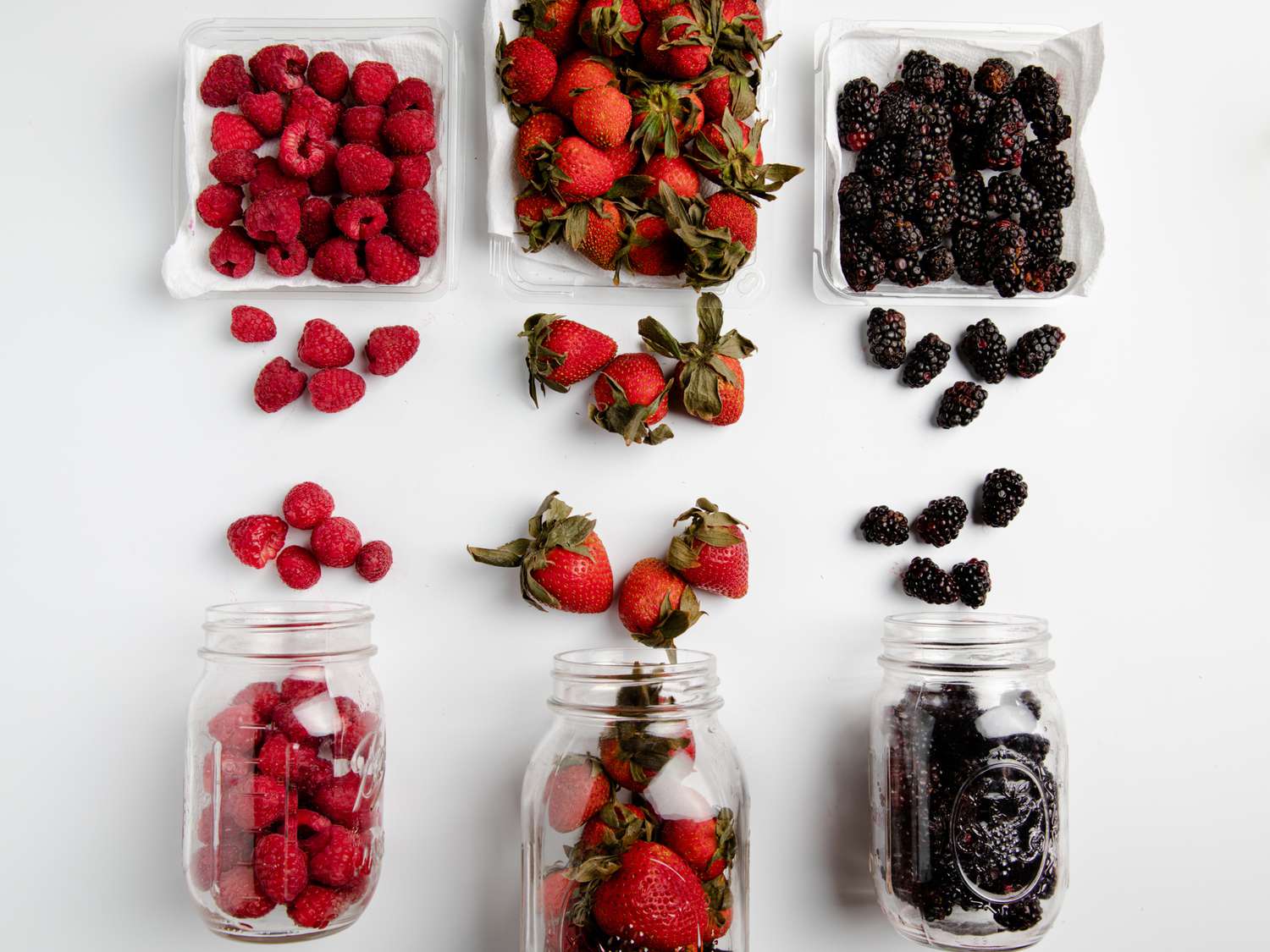
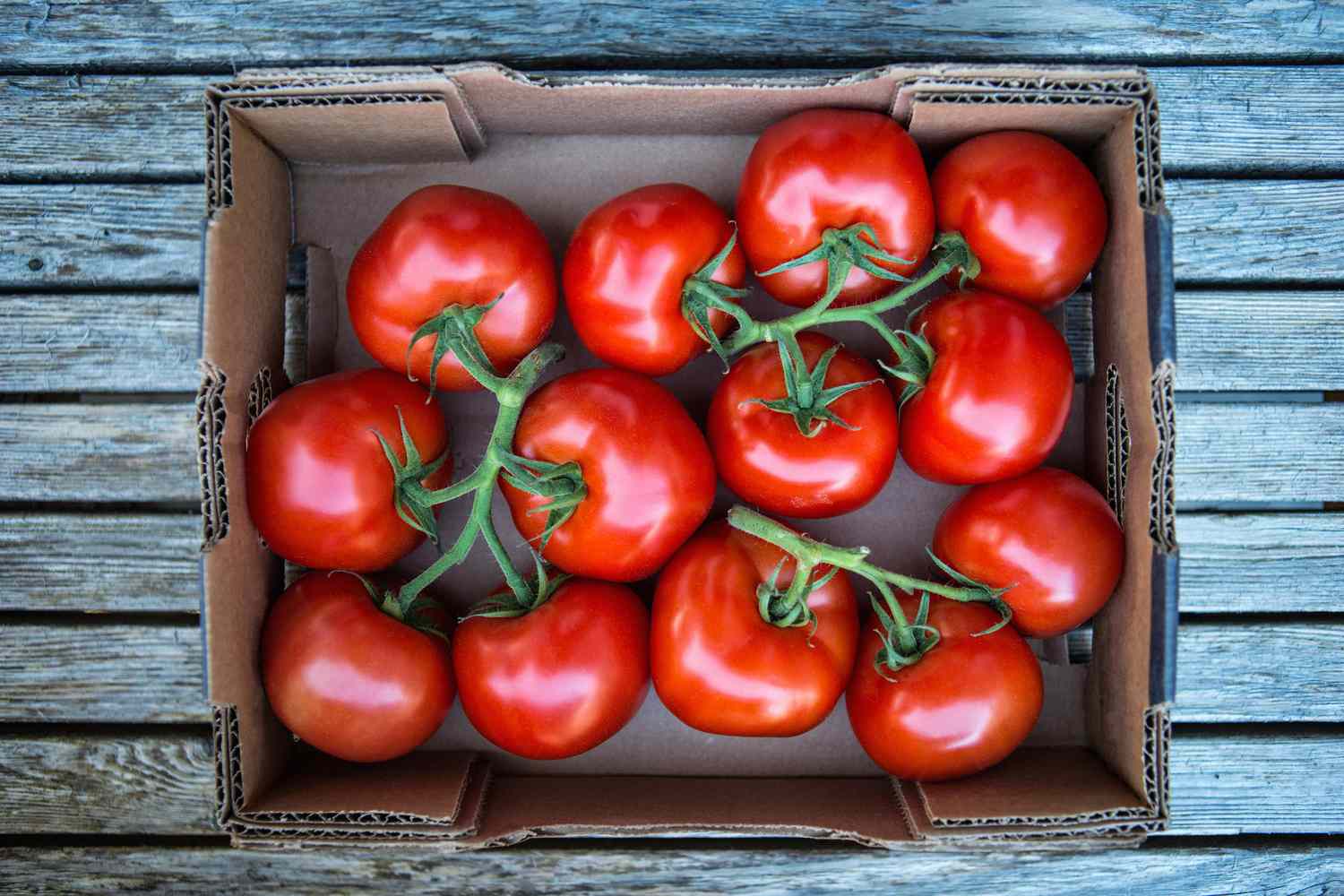

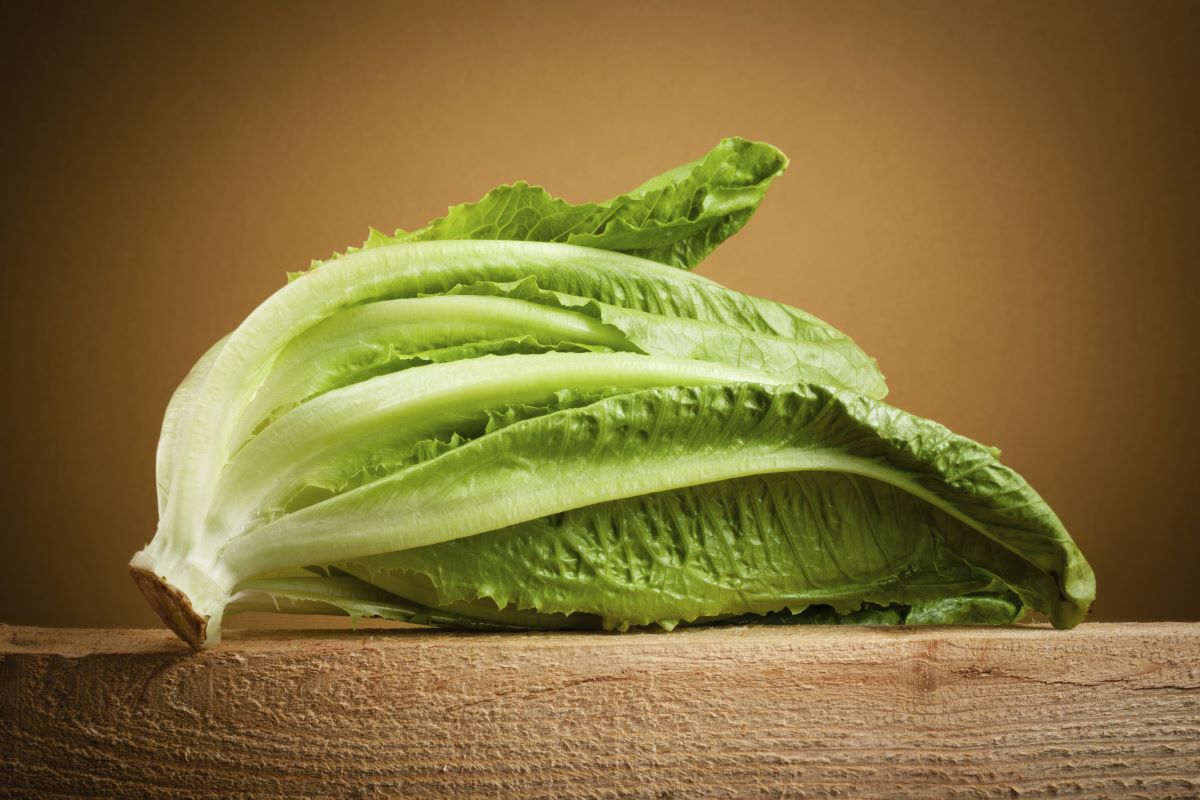
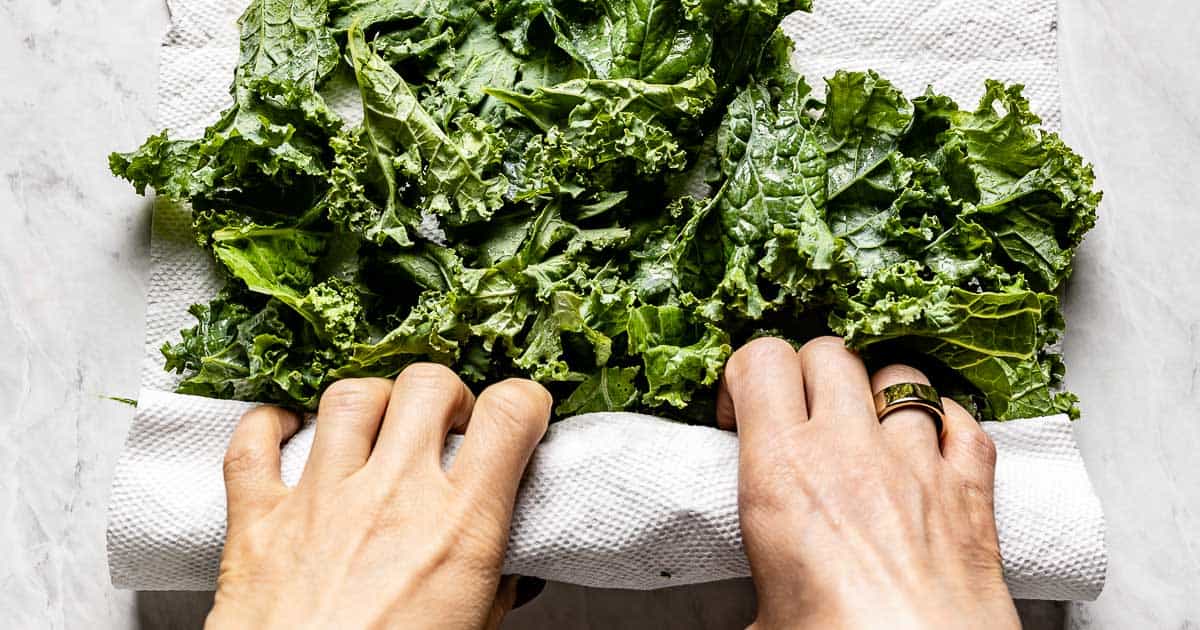
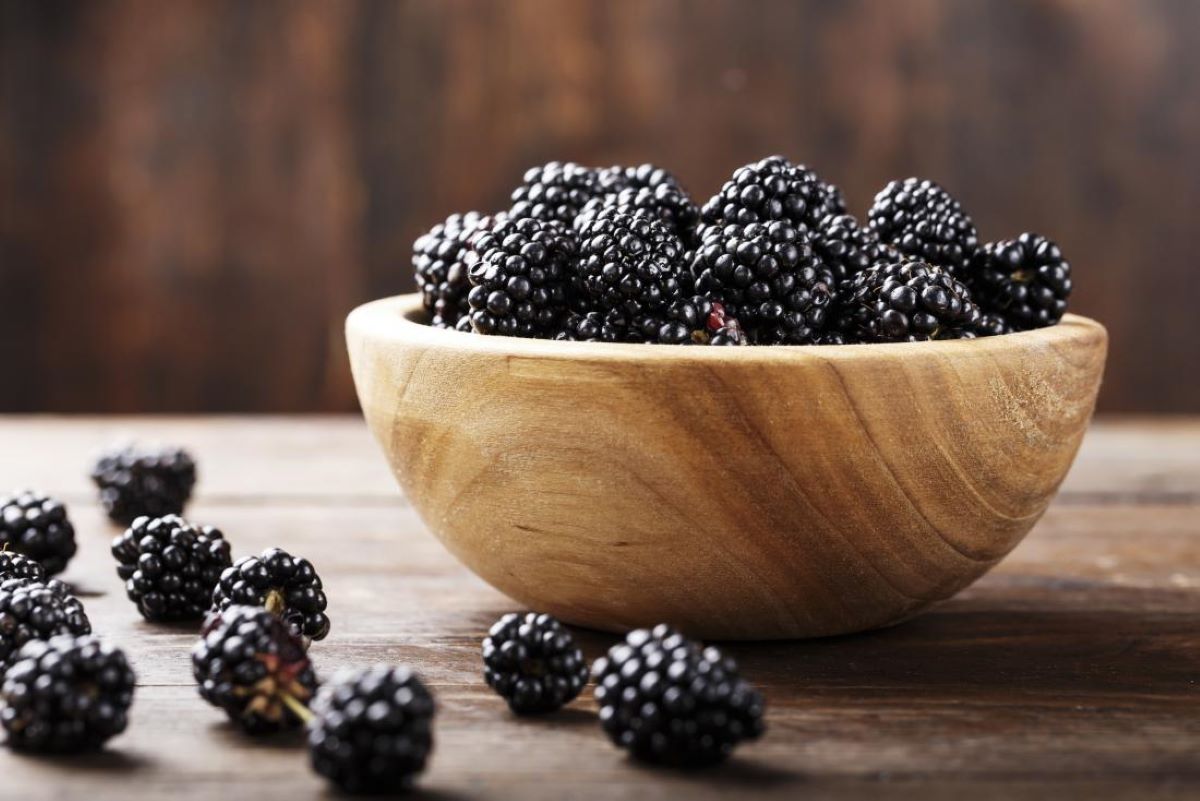
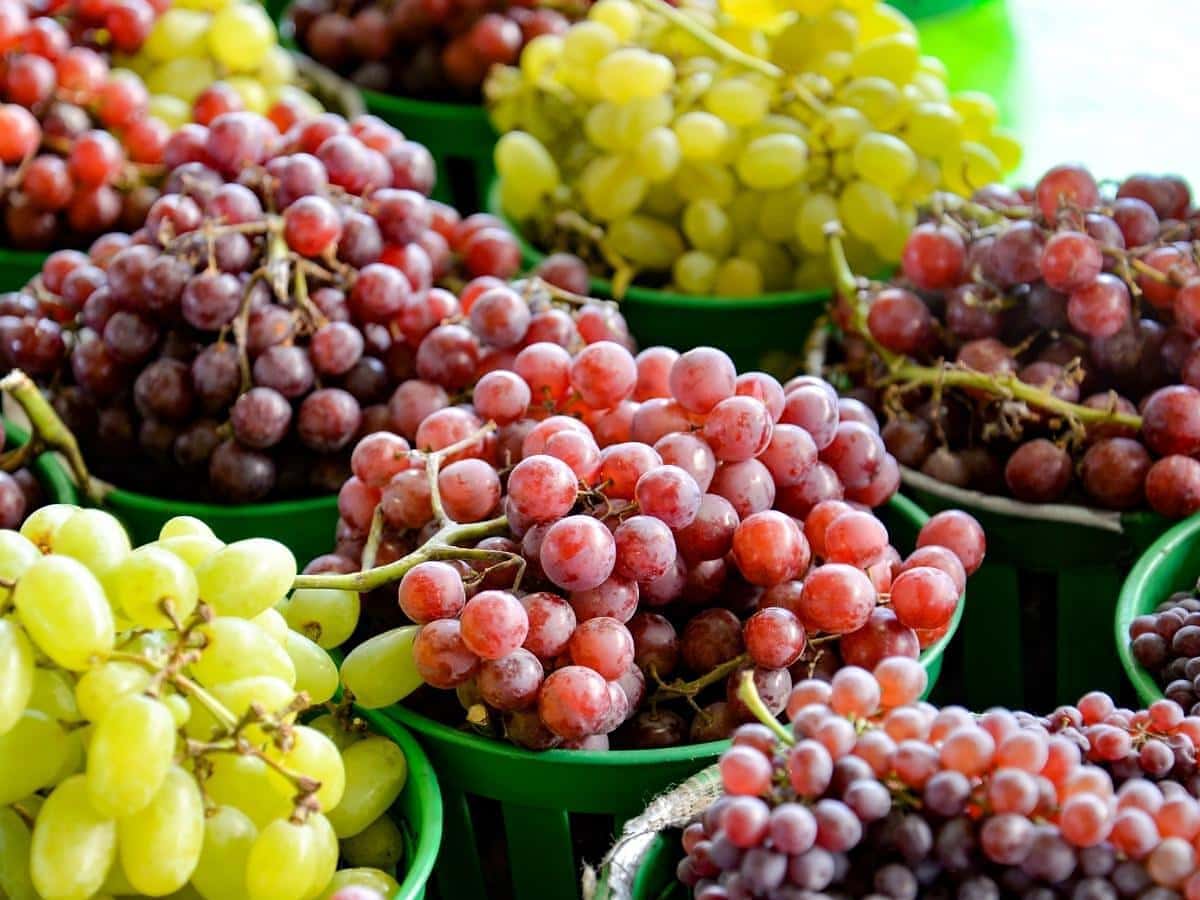
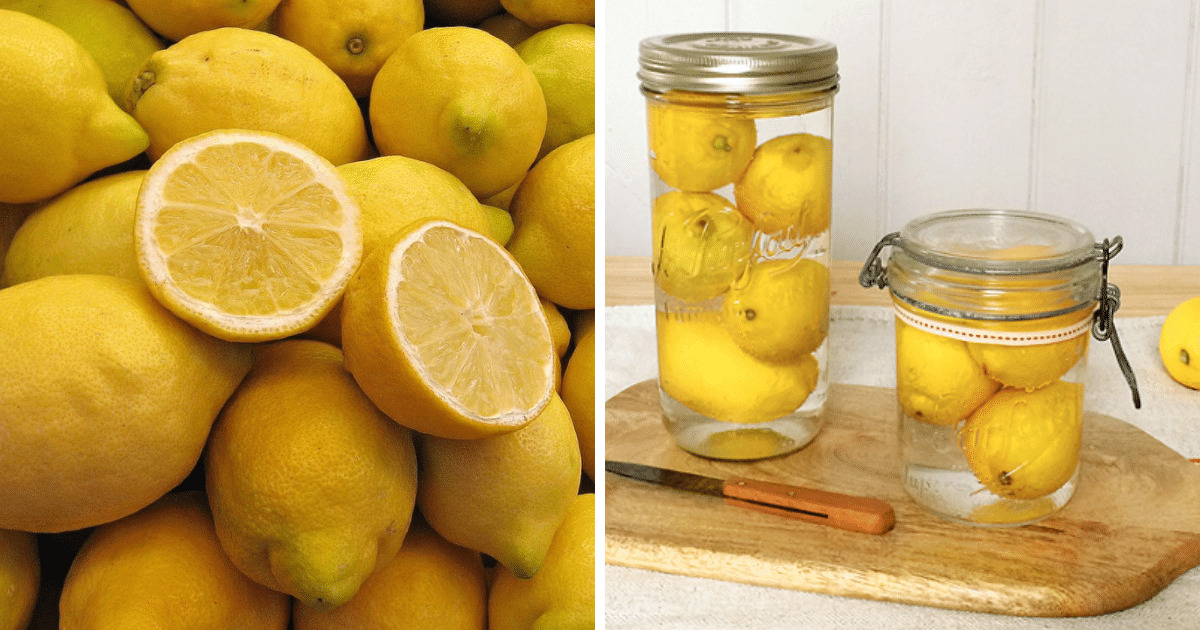
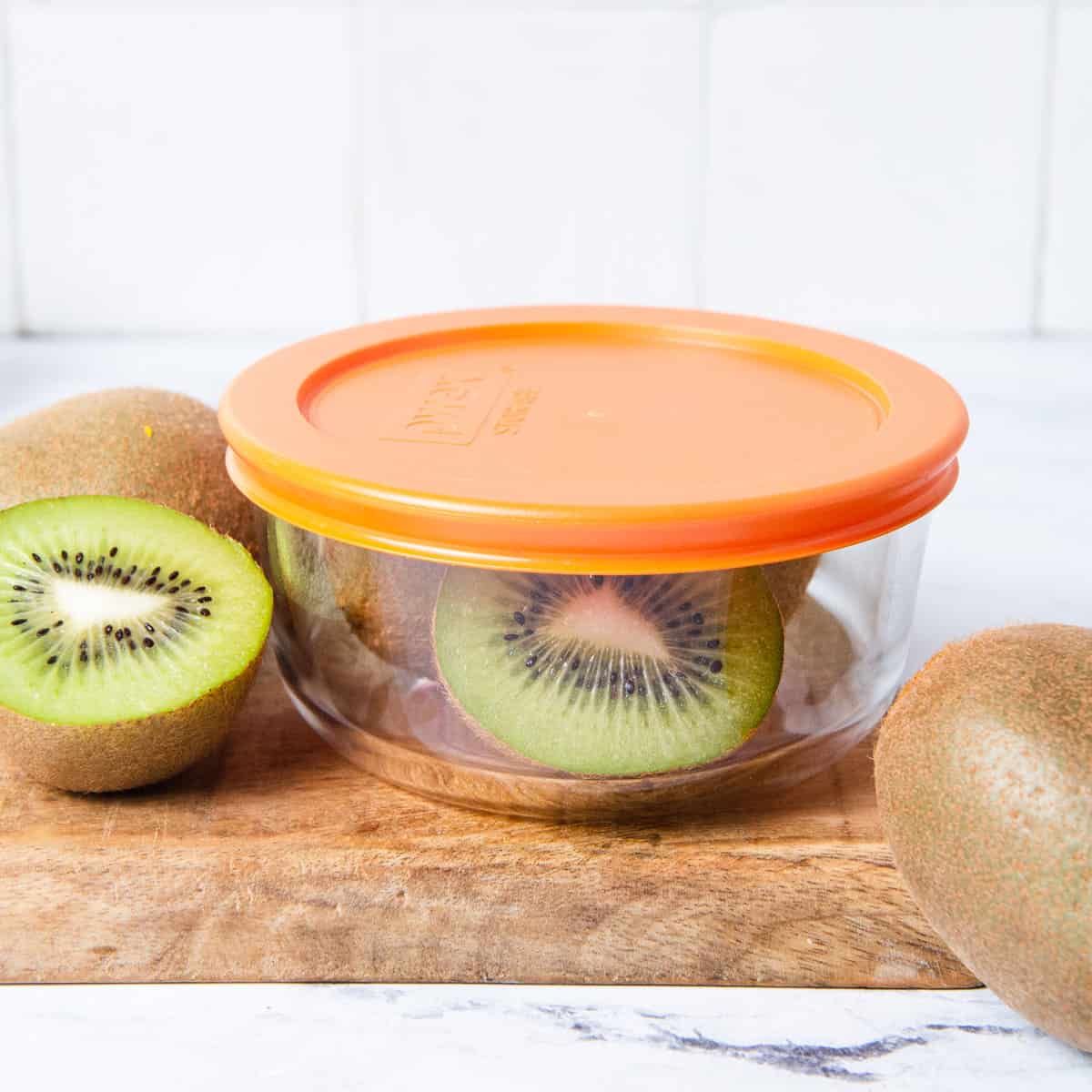

0 thoughts on “How To Store Fruit To Last Longer”